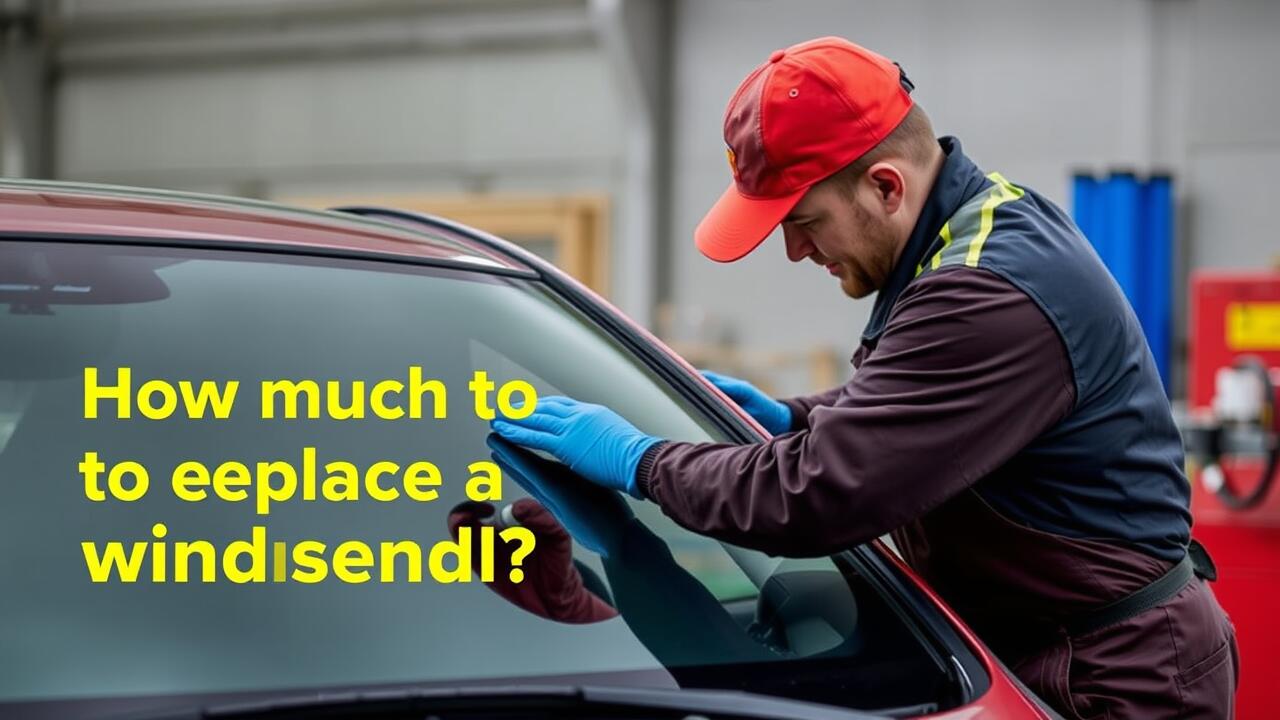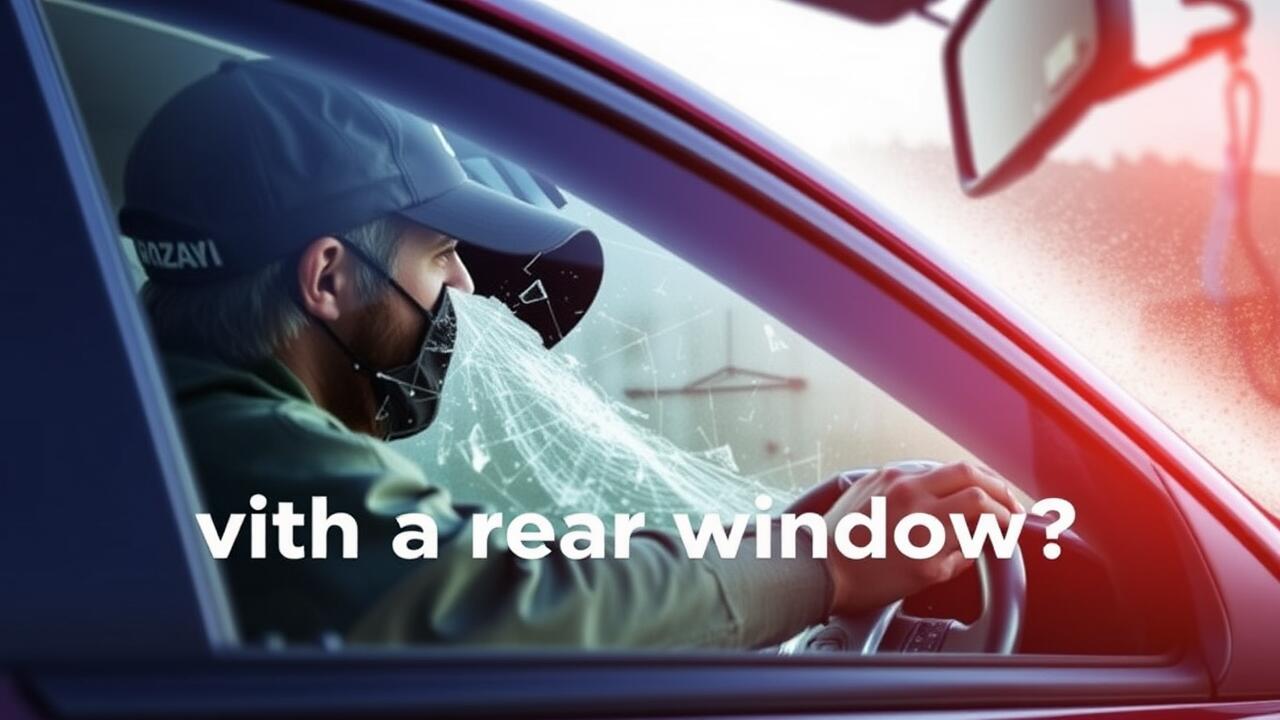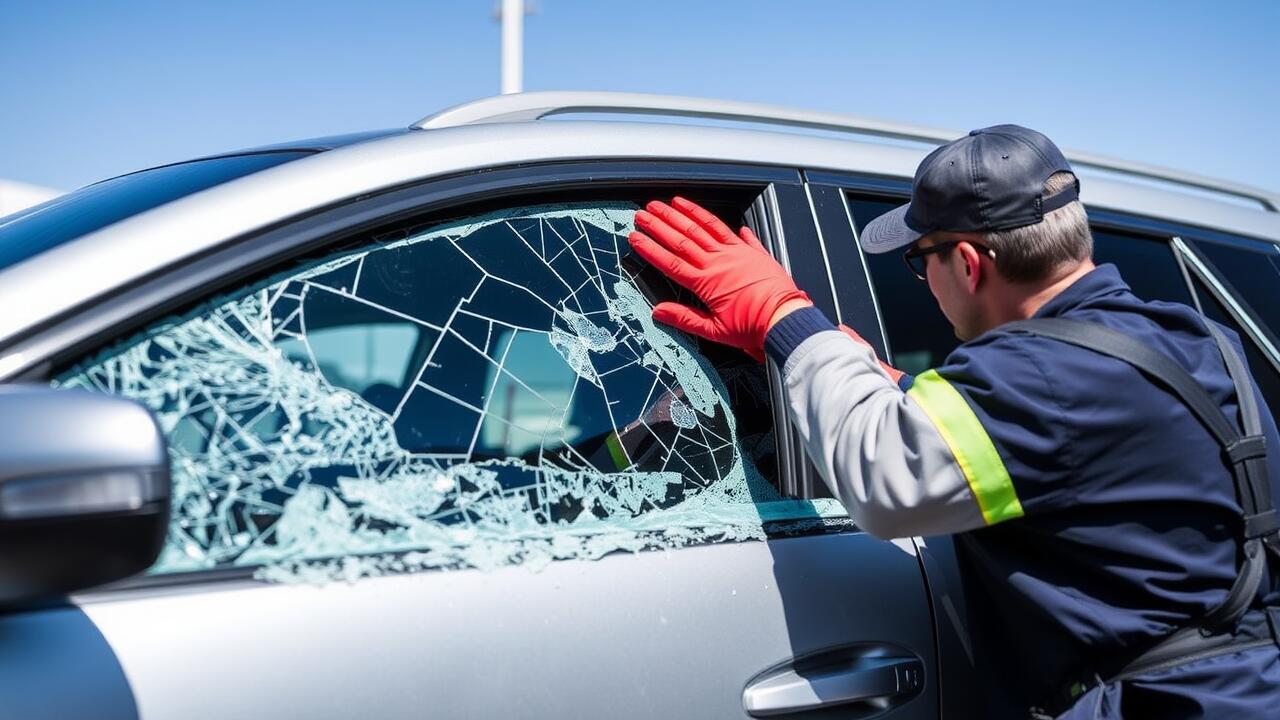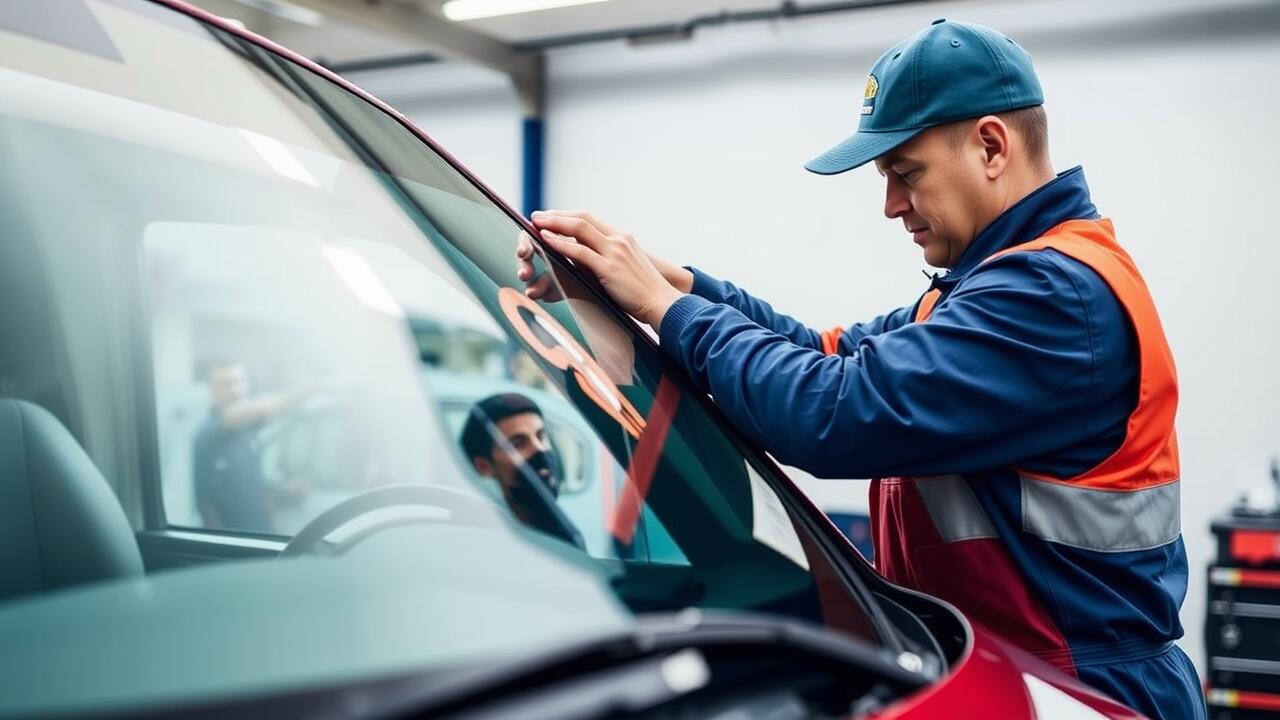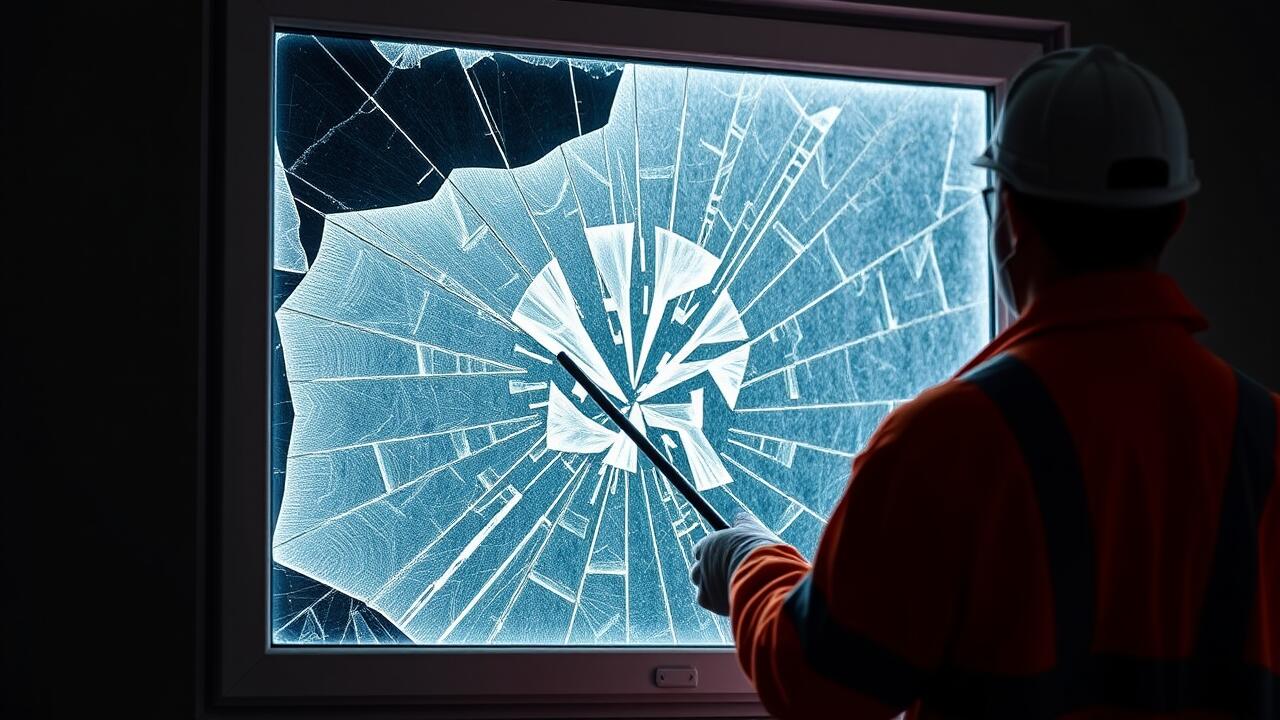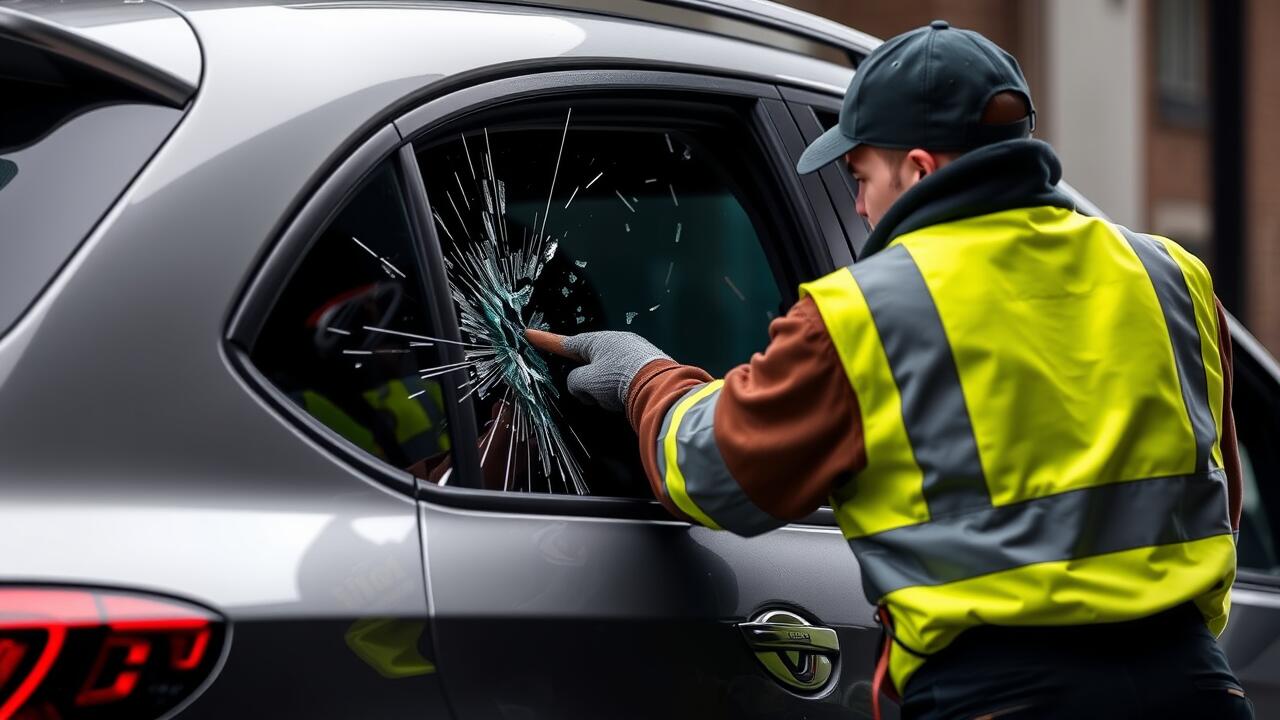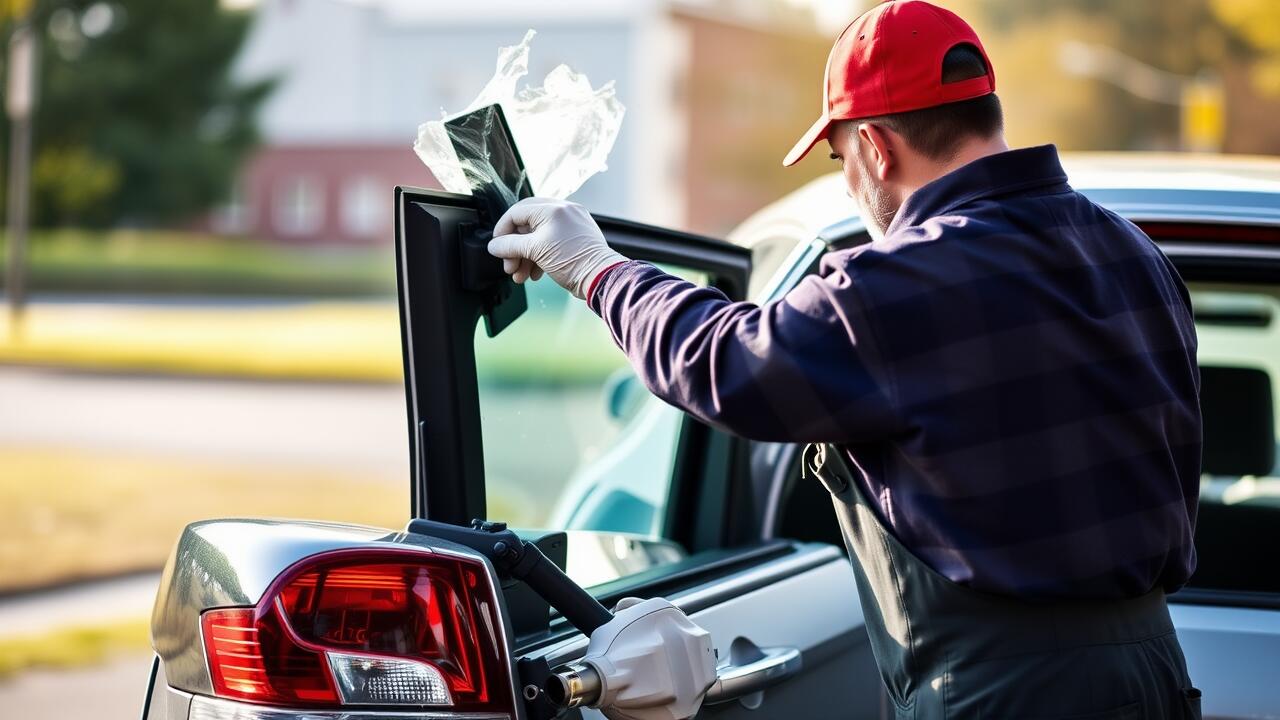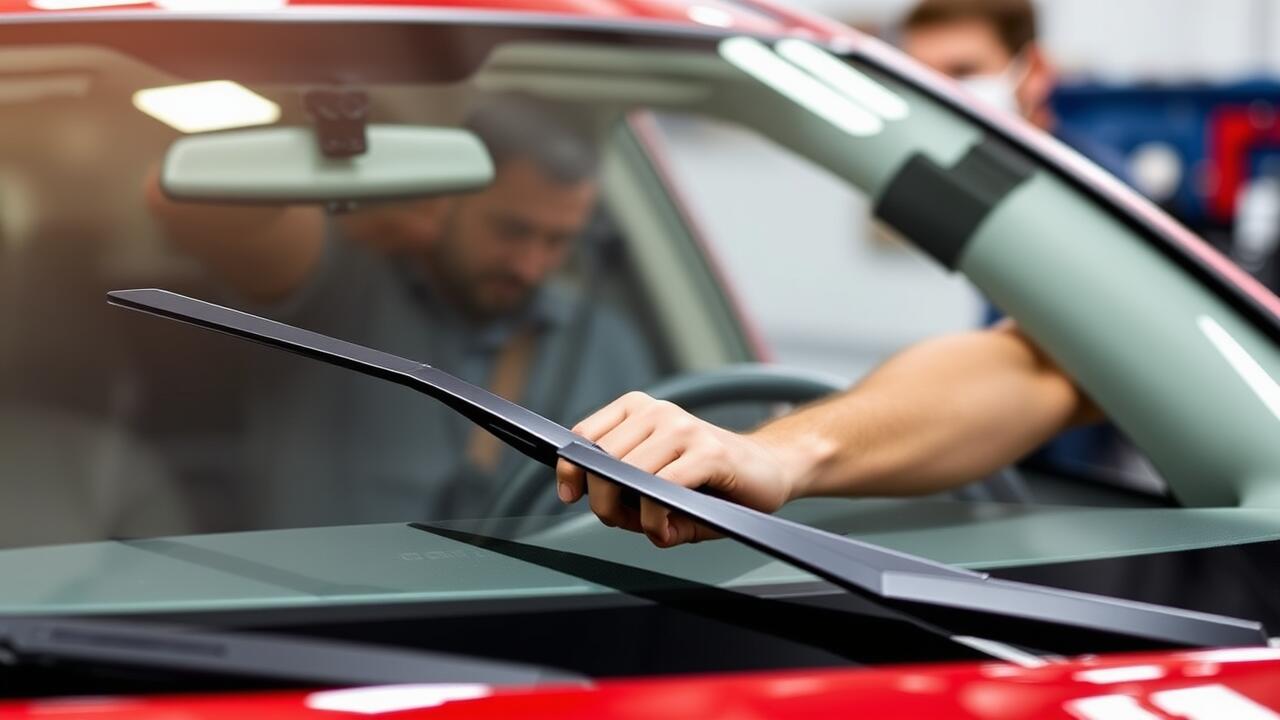
Table Of Contents
Securing the Broken Glass
When dealing with a broken rear window, it's crucial to minimize the risk of further damage and injury. Start by carefully clearing any loose shards of glass around the break. Use gloves to protect your hands and a sturdy vacuum to remove smaller pieces from inside the vehicle. This not only makes the area safer but also prepares the surface for taping.
Once the glass is secure, you can begin taping the broken section. Use strong adhesive tape, such as duct tape or packing tape, for best results. Apply strips of tape across the break, ensuring they stretch beyond the edges of the glass for added stability. Keep in mind that if the break is extensive, professional Rear Window Replacement may be necessary to restore the vehicle's integrity.
Techniques for Taping the Glass
When taping a broken rear window, it's essential to ensure the tape adheres firmly to the surface. Start by cutting pieces of heavy-duty tape, ideally something like duct tape or similar, into manageable strips. Lay each strip across the break, pressing down firmly to eliminate any air pockets. Overlapping the strips will create a stronger hold, particularly in larger cracks or shattered areas. This method helps to stabilize the remaining glass while temporarily securing it until a proper rear window replacement can be arranged.
Be mindful of the direction in which the tape is applied. Taping diagonally across the break can provide extra support since it distributes pressure more evenly. For larger breaks where the glass is significantly compromised, consider adding vertical and horizontal strips in a crisscross pattern. This technique not only prevents further shattering but actively holds the edges of the glass together until a professional replacement is feasible. Effective taping techniques can make a significant difference in the integrity of the temporary fix.
Reinforcing the Tape Job
To ensure the integrity of your tape job on a broken rear window, consider adding overlapping layers of tape. Start by applying the tape horizontally along the length of the window. This method distributes pressure evenly and prevents the tape from tearing under strain. Additionally, using a wider tape can help cover more area and provide better adhesion to the surface of the glass and the frame.
After securing the horizontal strips, reinforce with vertical strips that intersect the horizontal layers. This criss-cross pattern enhances stability and helps hold fragments of glass together. If you plan on a rear window replacement in the near future, these extra measures will hold until professional assistance can be arranged. Adequate reinforcement is vital to mitigate risks associated with driving in a vehicle with a compromised rear window.
Adding Extra Layers for Stability
When dealing with a broken rear window, adding extra layers of tape significantly increases the structural integrity of the temporary fix. Use a strong, weather-resistant tape that can withstand varying environmental conditions. Begin by applying one layer across the existing tape, ensuring it adheres well to both the glass and the frame. This additional layer should be tight and cover the most affected areas to prevent further breakage or glass falling out.
Moreover, overlapping the tape can create a more secure bond. Continue adding layers until the tape reaches a thickness that feels stable. This added support will help prevent wind or rain from compromising the repair. Should the damage be extensive, consider that eventually professional Rear Window Replacement may be necessary, but until then, this method provides a reliable interim solution.
Protecting Against Weather Elements
Weather can be a significant concern when you have a broken rear window. Rain, snow, and strong winds can easily infiltrate the vehicle's interior, causing further damage and creating a safety hazard. Sealing the edges and gaps around the tape is crucial for weatherproofing the area. Use weather-resistant tape specifically designed for outdoor use to provide a better barrier against the elements.
In addition to sealing, consider adding a plastic covering over the taped area. A heavy-duty plastic sheet can offer extra protection from moisture and debris. Make sure to secure the plastic tightly at the edges with tape to prevent it from flapping in the wind. Keep in mind that while these methods can provide temporary protection, they are not a substitute for proper rear window replacement. Act on getting the window fixed as soon as possible to ensure your vehicle is secure and functional.
Sealing Edges and Gaps
When sealing edges and gaps around a broken rear window, attention to detail is crucial to ensure that moisture and debris do not enter the vehicle. Start by visually inspecting the perimeter of the glass for any visible cracks or openings. Use high-quality weatherproof tape, extending it slightly beyond the damaged area for maximum coverage. The tape should adhere tightly to the glass and the car’s frame, minimizing the chance of air or water getting through.
In addition to the tape, using a plastic sheeting can provide further protection against the elements. Cut a piece of plastic large enough to cover the entire window area and affix it securely over the tape using additional strips. This setup acts as a temporary barrier until the rear window replacement can occur. Ensure all edges are well sealed, as a tight fit will prevent wind noise and water leaks. Regular checks on the setup can help maintain its effectiveness until professional repairs are available.
FAQS
What materials do I need to tape up a broken rear window?
You will need strong plastic tape or duct tape, scissors, and possibly a tarp or plastic sheeting for additional protection against the elements.
How do I start securing the broken glass?
Begin by carefully removing any loose shards of glass from the area. Then, clean the surface around the break to ensure the tape adheres properly.
Can I use regular tape to secure a broken rear window?
It’s best to use strong tape like duct tape or specialized plastic tape, as regular tape may not provide enough strength or durability for a broken rear window.
How many layers of tape should I use for reinforcement?
It’s advisable to use at least two to three layers of tape for reinforcement. This will help to ensure stability and reduce the risk of the glass shifting or falling out.
How can I protect the taped window from rain or snow?
To protect against weather elements, seal the edges and gaps of the tape with additional layers and consider covering the area with a tarp or plastic sheeting to keep moisture out.

